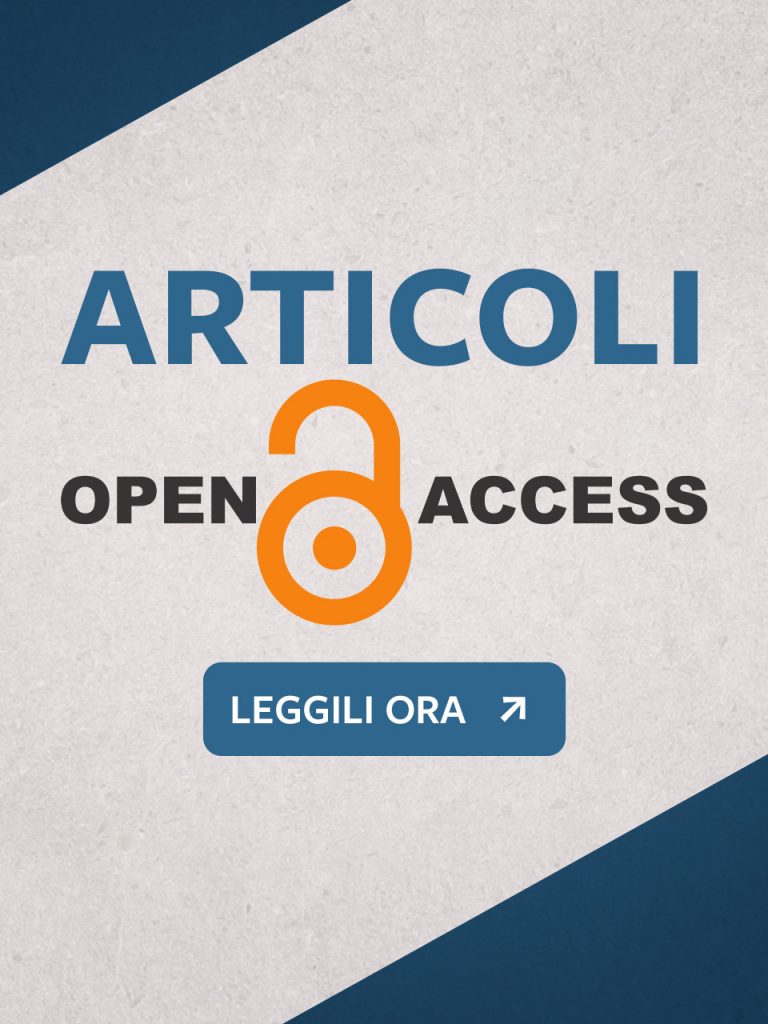Communicative strategies in the interaction with an autistic child: From facilitated communication to behavioural treatment
Silvia Perini, Dolores Rollo, Rita Gazzotti
This study aims to contribute to the debate on the effectiveness of facilitated communication,
a method of assisted communication where autistic persons or persons with serious mental
retardation and/or nonverbal persons are helped to improve their communicative skills. In facilitated
communication the disabled person communicates thanks to the physical support of a «facilitator»
who supports the arm or parts of the arm.
The authorship of the messages, namely, the fact the messages are the result of the facilitator and not the
disabled person represents the method’s critical point, as has been shown in numerous empirical studies.
Our working hypothesis assumes that the disabled person is completely unable to communicate
without the usual facilitator. The investigation was performed with a 12 year old autistic child
examined in two different settings: (a) experimental analysis of communication in the special facility
attended in the afternoon and (b) educational treatment at school, where the focus was on an indepth
behavioural assessment and planning an individualised treatment to enhance communication.
We prepared three different procedural methods according to whether the answers were given with the
support of a (1) seeing facilitator a (2) blind facilitator or with the support of the (3) investigator.
The results show that the answers were more appropriate when the facilitator was familiar with
the questions, enabling the following conclusions to be reached: (a) there is no empirical evidence
to support the effectiveness of facilitated communication; (b) further research is required to better
investigate the mechanism that forms the basis of the facilitation; and (c) there is the need to consider
the contribution that the behavioural approach can make to remedy communication disorders.
Keywords
Facilitated communication, autism, facilitator, behavioural approach.

